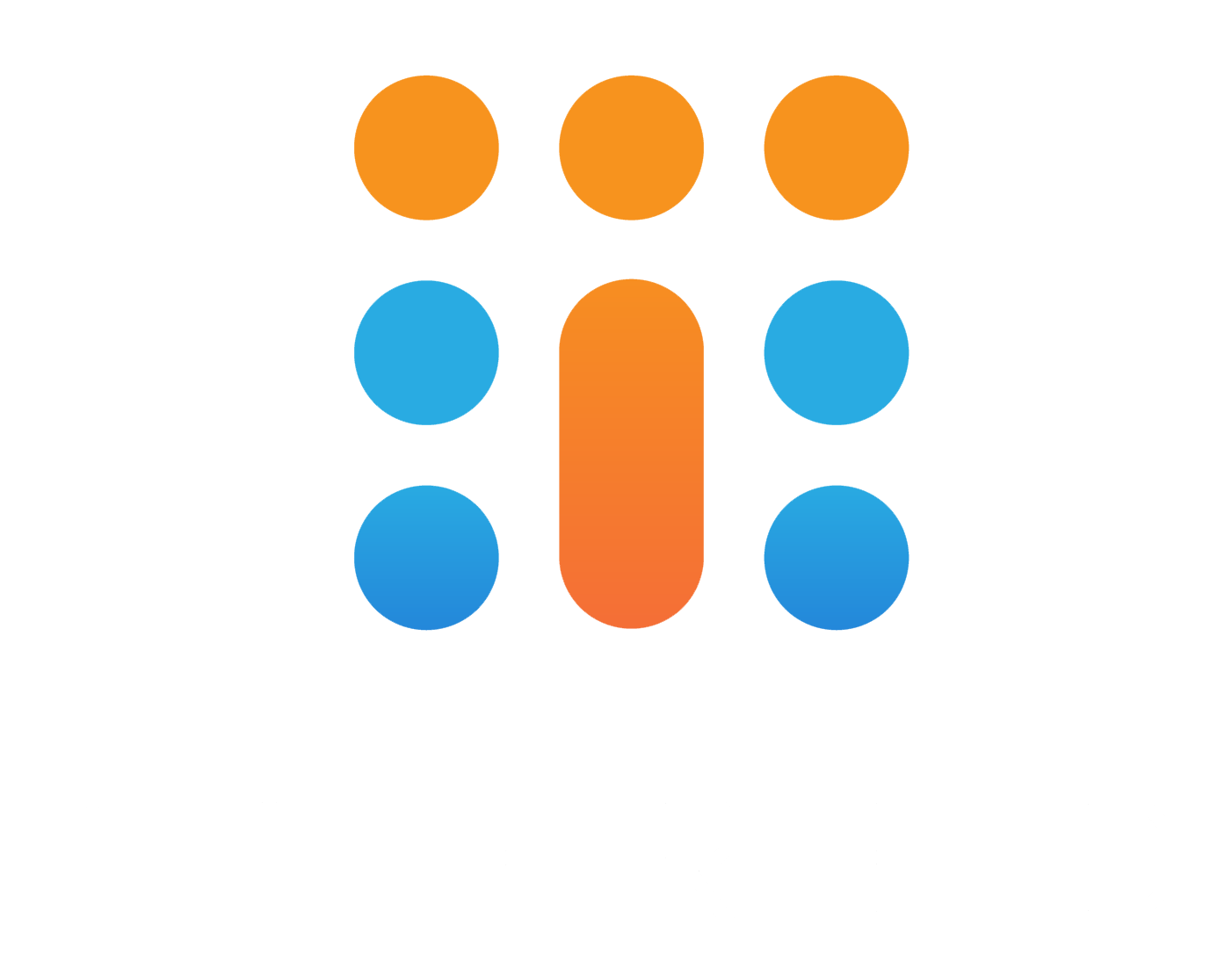Title: Revolutionizing Apparel Quality with Innovative Software Solutions
In the fast-paced world of fashion and apparel, quality control is paramount. Ensuring that every piece of clothing meets or exceeds customer expectations is not only crucial for brand reputation but also for maintaining customer loyalty. In this pursuit of perfection, technology has emerged as a game-changer, providing the apparel industry with advanced software solutions tailored to elevate the quality control process. In this blog, we’ll delve into the world of apparel quality software and how it is revolutionizing the industry.

1. The Challenges of Traditional Quality Control
Before we explore the benefits of apparel quality software, it’s essential to understand the challenges faced by the industry when relying solely on traditional quality control methods. Manual inspections are time-consuming, prone to errors, and often fail to detect subtle defects that can affect the overall product quality. Moreover, with global supply chains becoming more intricate, managing quality across different locations and suppliers adds another layer of complexity.
2. Enter Apparel Quality Software
Apparel quality software has emerged as a solution to these challenges, offering a comprehensive and efficient approach to quality control. Here’s how it’s transforming the industry:
Streamlined Inspections: These software solutions enable brands and manufacturers to create standardized inspection checklists and guidelines. Inspectors can capture data digitally using mobile devices, instantly documenting defects, measurements, and other relevant information. This digitization reduces human error and ensures consistency in the inspection process.
Real-time Data Analysis: One of the most significant advantages of quality control software is its ability to provide real-time data analysis. Manufacturers and quality control teams can monitor trends, identify recurring issues, and take proactive measures to address them. This not only reduces defects but also helps in optimizing production processes.
Supplier Collaboration: Many apparel quality software solutions facilitate collaboration with suppliers. Brands can share inspection criteria and guidelines with suppliers, ensuring that the entire supply chain is aligned with quality standards. This proactive approach fosters better communication and improves the overall quality of products.
Data-driven Decision Making: The software’s data collection and analysis capabilities enable data-driven decision-making at all levels of the supply chain. Brands can identify root causes of defects, make informed adjustments, and continuously improve their products based on tangible insights.
3. Features of Apparel Quality Software
A robust apparel quality software typically offers the following features:
Digital Checklists:
Replace paper-based checklists with digital ones, enhancing accuracy and reducing administrative overhead.
Real-time Defect Capture:
Captures defects in real-time at different quality control and audit checkpoints.
Automated Reporting:
Generate detailed reports automatically, simplifying the documentation process and making it easier to share insights with stakeholders.
Analytics and Dashboards:
Access real-time analytics and customizable dashboards that offer insights into inspection results, defect rates, and supplier performance.
Image Annotation:
Inspectors can annotate images to highlight defects, providing a visual reference for quality issues.
Integration:
Integrate the software with other systems, such as enterprise resource planning (ERP) and product lifecycle management (PLM) systems, for a seamless workflow.
4. Conclusion
Apparel quality software is ushering in a new era of precision and efficiency in the fashion and apparel industry. By replacing outdated manual methods with digitized, data-driven solutions, brands can ensure consistent quality, enhance supplier collaboration, and ultimately deliver products that exceed customer expectations. As technology continues to evolve, the potential for even more advanced features and functionalities in apparel quality software is promising. Embracing these innovations will not only save time and resources but also reinforce brand loyalty in an increasingly competitive market.
